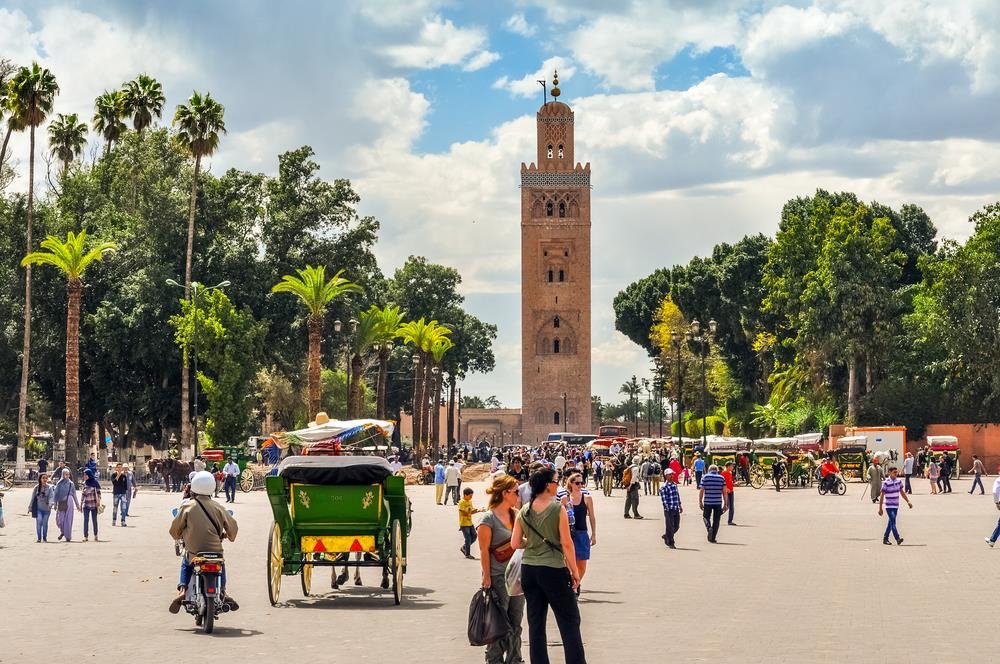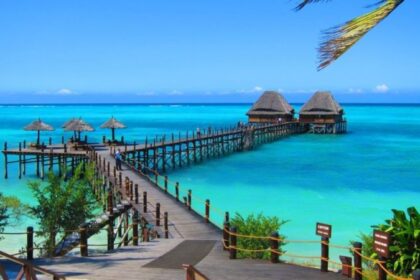At a Glance
- Morocco welcomed 15 million tourists in nine months, marking a 14% year-on-year rise.
- New air routes and simplified visas made Morocco more accessible to global travelers.
- Tourism earnings hit $8.7 billion as hotels report higher occupancy and longer stays.
Morocco’s tourism industry has never looked busier. The country welcomed about 15 million visitors between January and September this year, the highest figure ever recorded for that period and a 14 percent jump from 2024.
Officials say the surge reflects stronger flight connections, rising global demand, and years of steady investment in roads, airports, and resorts. Together, these efforts have pushed Morocco into the ranks of Africa’s fastest-growing travel markets.
Data from the Ministry of Tourism show 1.4 million arrivals in September alone, up 9 percent from a year earlier. “These results confirm that our strategy is working,” said Fatim-Zahra Ammor, the Minister of Tourism, Handicrafts, and the Social and Solidarity Economy. “Our goal is to make tourism a driver of opportunity for every region in Morocco.”
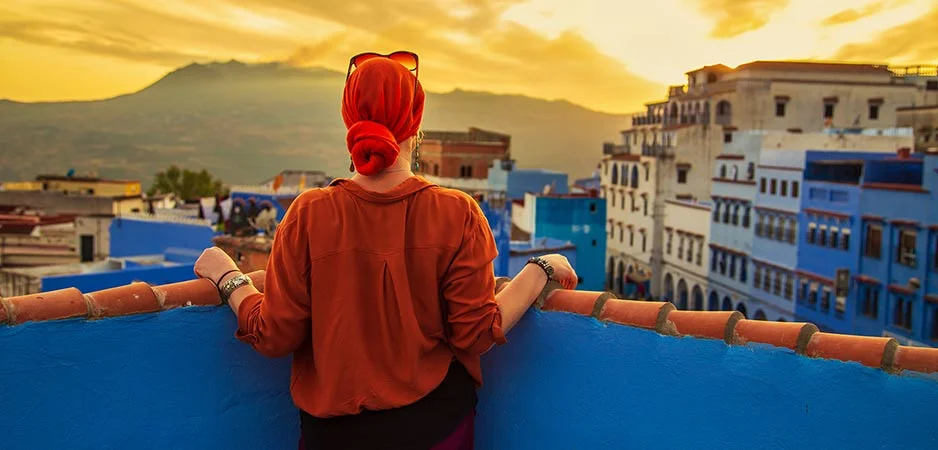
Air routes and easier entry boost numbers
Much of the growth stems from Morocco’s “Air x2” program, a government push to double flight capacity by adding new routes and attracting budget carriers.
Royal Air Maroc and airlines such as Ryanair, EasyJet, and Air Arabia Maroc have all expanded service, linking Moroccan cities like Marrakech, Fez, Tangier, and Essaouira to dozens of destinations across Europe, Africa, and the Middle East.
A simplified e-visa system has also made a difference, particularly for travelers from Asia and other parts of Africa. Together, better access and simpler visa rules have made the country more affordable and easier to reach. France, Spain, Italy, and the United Kingdom remain the biggest source markets, but visitor numbers from the Gulf and sub-Saharan Africa are climbing fast.
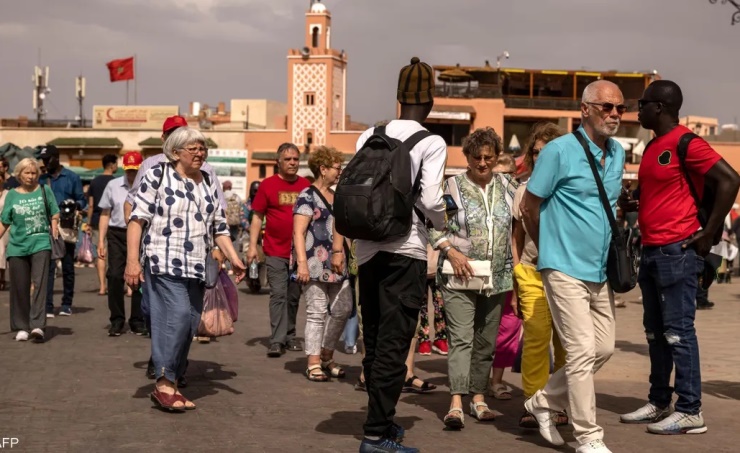
Higher revenue and busier hotels
Tourism receipts have risen along with the visitor count. Between January and August, foreign currency earnings reached MAD 87.6 billion ($8.7 billion), up 14 percent year-on-year, according to government figures.
Hotels and resorts have reported similar gains. The Tourism Observatory said overnight stays hit 20.3 million by the end of August, up 10 percent from last year. Occupancy averaged 51 percent nationwide, with Tangier, Casablanca, Fez, and Essaouira showing the strongest increases. The pattern suggests that more tourists are exploring beyond long-time favorites like Marrakech and Agadir.
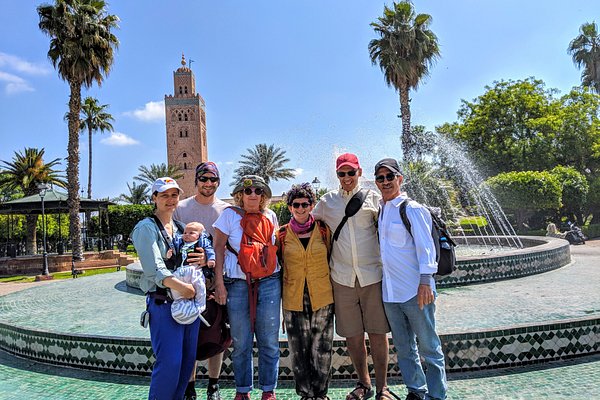
Preparing for global events
Authorities are now preparing for even bigger crowds ahead of major events, including the 2025 Africa Cup of Nations and the 2030 FIFA World Cup, which Morocco will co-host with Spain and Portugal.
To handle future growth, the government plans to double airport capacity to 80 million passengers by 2030. Expansion projects are already underway in Casablanca, Marrakech, Agadir, Fez, and Rabat-Salé. International hotel brands such as Accor, Hilton, and Marriott — along with homegrown groups — are also adding new properties.
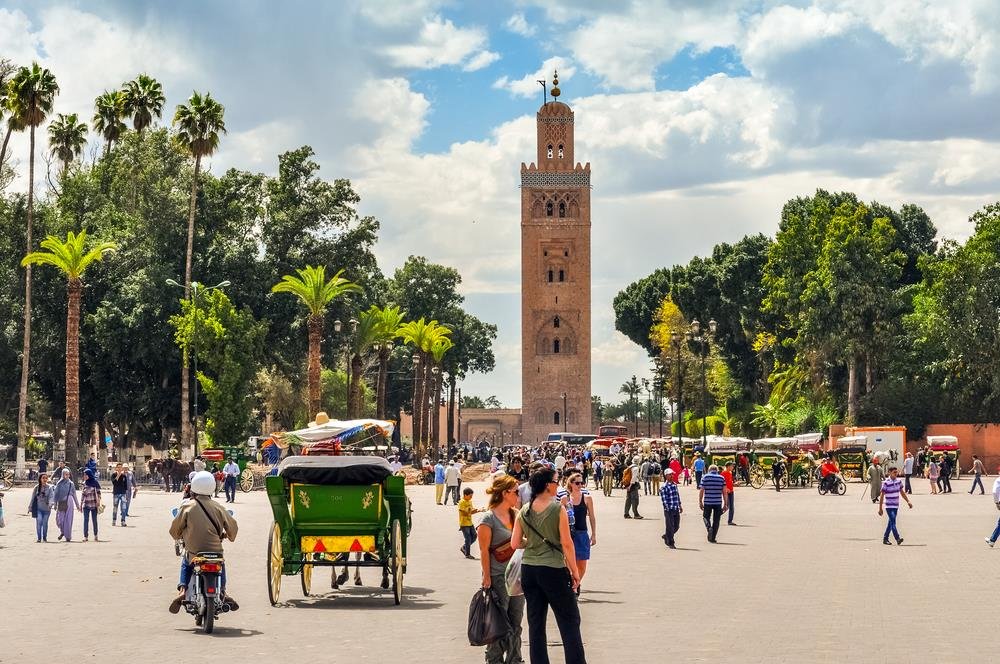
Balancing growth and sustainability
While the outlook is positive, some experts warn of risks. Heavy reliance on European tourists could expose Morocco to downturns in those markets. Rising costs and crowding in cities like Marrakech and Fez have also sparked early concerns about overtourism and infrastructure strain.
Even so, sentiment within the industry remains upbeat. “This success has taken years of consistent work,” a tourism official said. “What we’re seeing now is the payoff from coordination between the government, airlines, and private investors.”
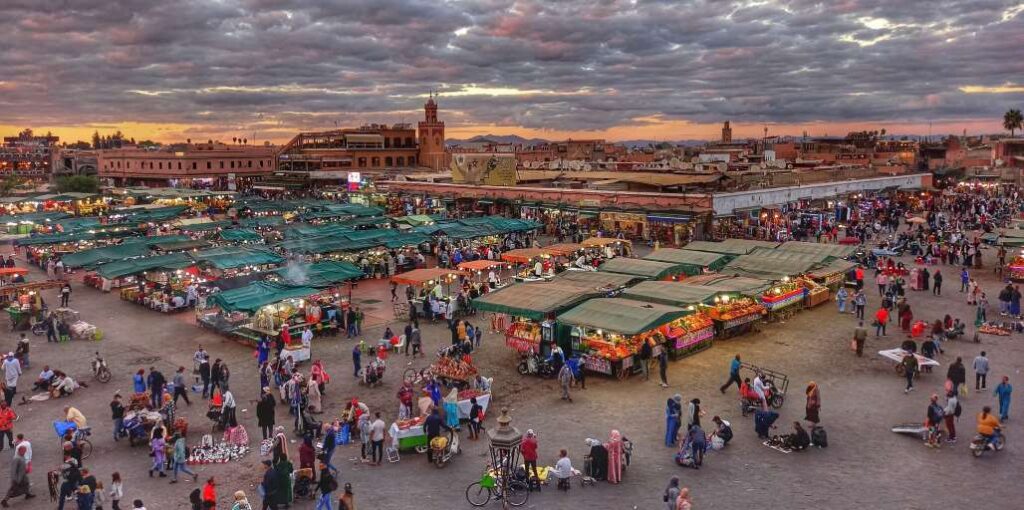
A growing cornerstone of the economy
Tourism now accounts for roughly 12 percent of Morocco’s GDP and provides hundreds of thousands of jobs in hotels, transport, and crafts. With fresh investment and broader marketing campaigns, the sector has become one of the most reliable pillars of the economy.
As the year heads into its final stretch, officials expect 2025 arrivals to surpass last year’s record of 17.4 million. With its beaches, medinas, and mountain towns drawing a wider mix of visitors, Morocco’s travel revival appears set to continue well beyond this year.

